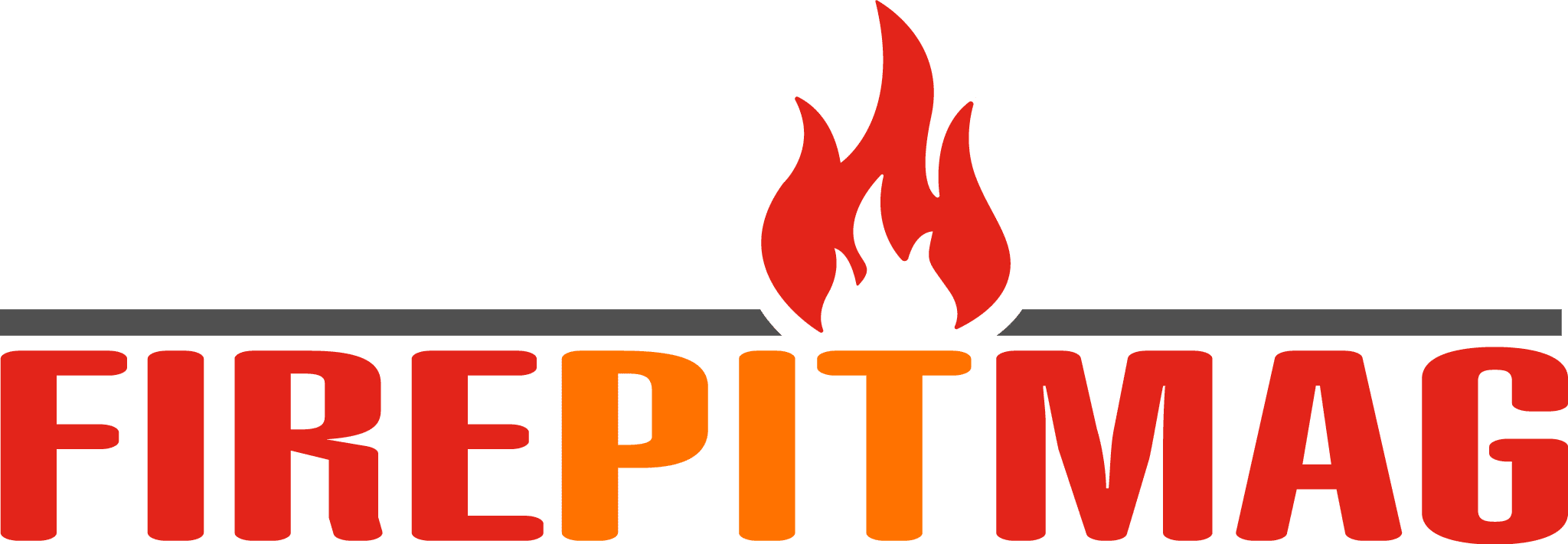
A well-built fireplace should provide years of reliable service. When fireplace upkeep is ignored, problems arise. I’d like to provide some fireplace maintenance advice to help you keep your gas or wood fireplace in good working order.
Two primary fireplace types
Gas (natural gas or propane) and wood are the two most common fuels for fireplaces. Many of your maintenance requirements will be determined by the type of fireplace you have. Let’s take a look at both types of fireplaces and what you need to know about caring for them.
Gas fireplace maintenance tips
A gas fireplace can be a standalone device, a fireplace insert, or a collection of gas logs. All of these models are gas-powered and require comparable upkeep.
With a gas fireplace, your main task will be to keep it clean and dust-free. You won’t have to deal with the heavy creosote and soot buildups that are usual with wood-burning fireplaces if you use a gas fireplace.
A gas appliance may be cleaned in a few easy steps. These stages are explained below:
- Clean the fireplace doors using an appropriate fireplace glass cleaner to remove any buildup or cloudiness.
- Remove dust and dirt from the inside of the firebox using a regular home vacuum, giving specific attention to the logs, pebbles, or other ornamental materials in your fireplace. A moist towel can be used to wipe off surfaces.
- While cleaning, inspect the materials through which the flames ascend for cracks, chips, or anything else that seems out of the ordinary.
- Visually check the fireplace’s front, the space around the fireplace, and the exterior vent pipe or chimney. Inform your chimney expert of your concerns.
Wood fireplace maintenance tips
 The upkeep of a wood fireplace includes both the fireplace and the chimney.
The upkeep of a wood fireplace includes both the fireplace and the chimney.
- Remove any ash or wood bits from the firebox before vacuuming it. To remove creosote and soot from surfaces, use a sponge and a suitable cleaning solution.
- Clean the area surrounding the firebox opening, including the mantel, hearth, and, if applicable, the fireplace surround. The purpose is to prevent the accumulation of soot and smoke residue.
- Look for evidence of cracked bricks and cracking mortar on the external chimney. Check the concrete chimney crown, chimney cap, and flashing that closes the space between the roof and chimney if you feel secure standing on the roof. There should be no evidence of damage, warping, cracking, or corrosion on these components.
- A skilled chimney sweep must clean the inside of the chimney. The purpose of the sweep is to remove any combustible creosote as well as any drafting impediments that have made their way into your chimney.
Fireplace inspections
 Regular inspections are required for both gas and wood fireplaces to remain safe. This work should be done by a licensed chimney service company.
Regular inspections are required for both gas and wood fireplaces to remain safe. This work should be done by a licensed chimney service company.
Annual inspections are suggested for most fireplaces so you may catch issues early and address them before they become hazardous and expensive.

